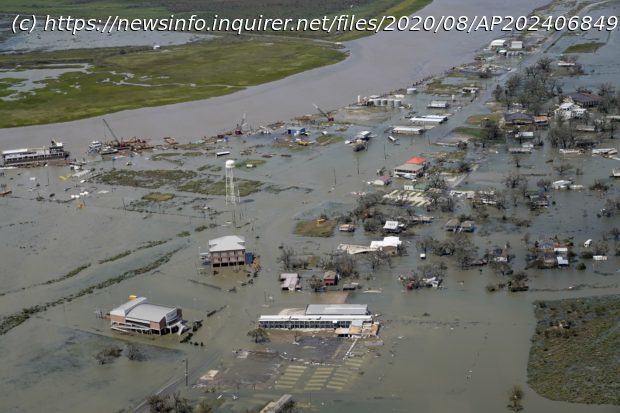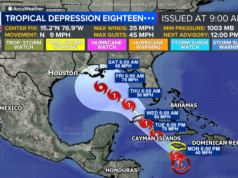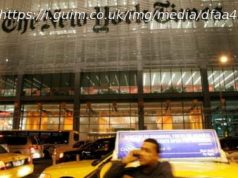LAKE CHARLES, La. — One of the strongest hurricanes ever to strike the U.S., Laura barreled across Louisiana on Thursday, shearing off roofs, …
LAKE CHARLES, La. — One of the strongest hurricanes ever to strike the U. S., Laura barreled across Louisiana on Thursday, shearing off roofs, killing a least six people and maintaining ferocious strength while carving a destructive path hundreds of miles inland. A full assessment of the damage wrought by the Category 4 system was likely to take days. But despite a trail of demolished buildings, entire neighborhoods left in ruins and more than 875,000 people without power, a sense of relief prevailed that Laura was not the annihilating menace forecasters had feared. “It is clear that we did not sustain and suffer the absolute, catastrophic damage that we thought was likely,” Louisiana Gov. John Bel Edwards said. “But we have sustained a tremendous amount of damage,” he said. He called it the most powerful hurricane to strike Louisiana, meaning it surpassed even Katrina, which was a Category 3 storm when it hit in 2005. The hurricane’s top wind speed of 150 mph (241 kph) put it among the strongest systems on record in the U. S. Not until 11 hours after landfall did Laura finally lose hurricane status as it plowed north and thrashed Arkansas, and even by Thursday evening, it remained a tropical storm. The storm came ashore in low-lying Louisiana and clobbered Lake Charles, an industrial and casino city of 80,000 people. On Broad Street, many buildings had partially collapsed, and those didn’t were missing chunks. Windows were blown out, awnings ripped away and trees split in half in eerily misshapen ways. Police spotted a floating casino that came unmoored and hit a bridge. At the local airport, planes were overturned, some on top of each other. In front of the courthouse was a Confederate statue that local officials had voted to keep in place just days earlier.






